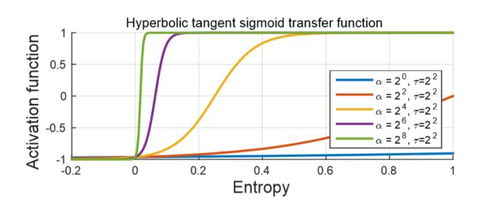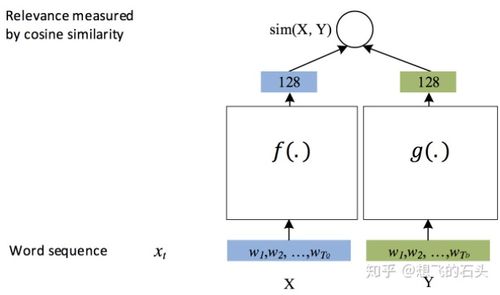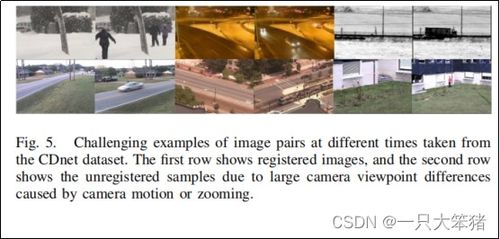Kilogram vs Metric Ton: A Comprehensive Guide
When it comes to measuring mass, two units often come to mind: the kilogram and the metric ton. Both are part of the metric system, but they differ significantly in size. In this article, we will delve into the details of both units, their conversions, and their applications in various fields.
Understanding the Kilogram

The kilogram is the base unit of mass in the International System of Units (SI). It is defined as the mass of the International Prototype of the Kilogram, a cylinder made of platinum-iridium alloy. This prototype is stored at the International Bureau of Weights and Measures (BIPM) in France.
The kilogram is often used in everyday life to measure the mass of objects, such as groceries, luggage, and body weight. It is also widely used in scientific research, engineering, and manufacturing.
Understanding the Metric Ton

The metric ton, also known as the tonne, is a unit of mass equal to 1,000 kilograms. It is commonly used in countries that have adopted the metric system, particularly in trade and transportation.
The metric ton is often used to measure the mass of large objects, such as vehicles, machinery, and bulk materials. It is also used in scientific research and engineering, especially when dealing with large quantities of substances.
Converting Kilograms to Metric Tons

Converting kilograms to metric tons is a straightforward process. To convert kilograms to metric tons, divide the number of kilograms by 1,000. For example, 2,000 kilograms is equal to 2 metric tons (2,000 kg / 1,000 = 2 t).
Here is a table showing some common conversions between kilograms and metric tons:
| Kilograms | Metric Tons |
|---|---|
| 500 | 0.5 |
| 1,000 | 1 |
| 2,000 | 2 |
| 5,000 | 5 |
| 10,000 | 10 |
Applications of Kilograms and Metric Tons
The kilogram and metric ton have various applications in different fields:
-
In the food industry, kilograms are used to measure ingredients and products, such as flour, sugar, and meat.
-
In the construction industry, kilograms are used to measure the weight of materials, such as steel and concrete. Metric tons are used to measure the weight of large structures, such as buildings and bridges.
-
In the transportation industry, metric tons are used to measure the weight of vehicles, cargo, and fuel.
-
In scientific research, kilograms and metric tons are used to measure the mass of substances and the weight of objects in space.
Conclusion
In conclusion, the kilogram and metric ton are two important units of mass in the metric system. While the kilogram is used for measuring smaller masses, the metric ton is used for larger masses. Understanding the differences between these units and their applications can help you make informed decisions in various fields.




